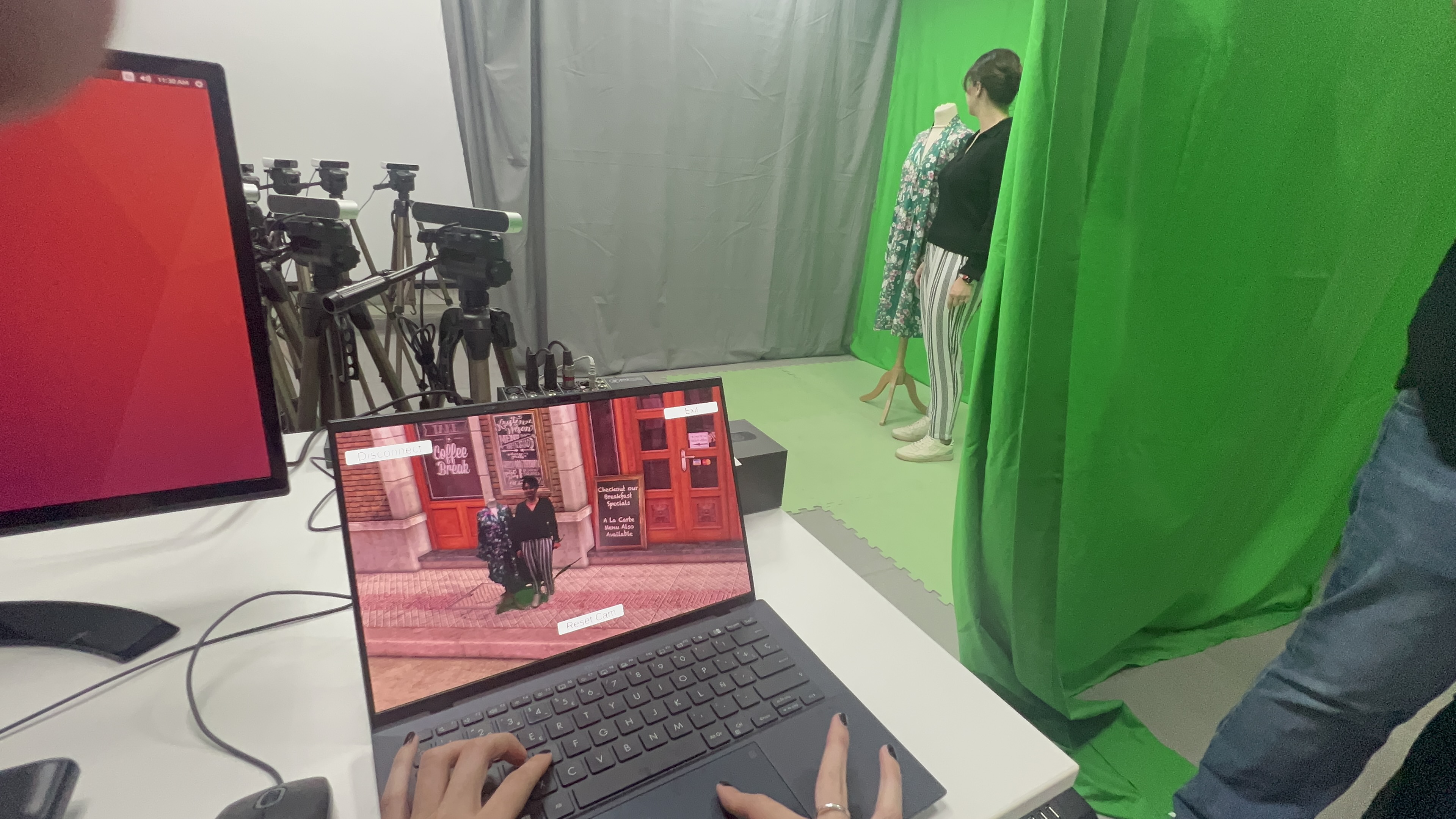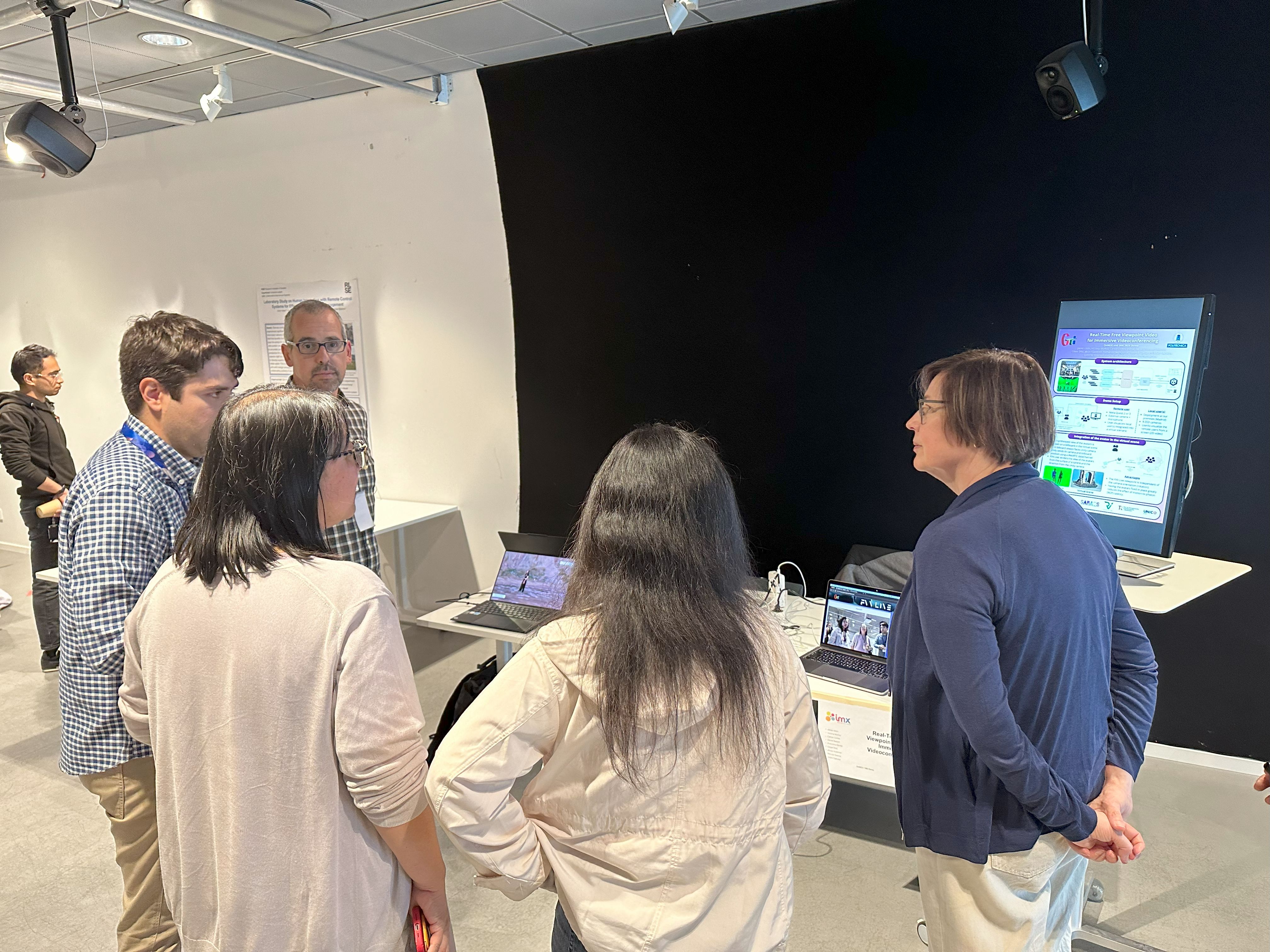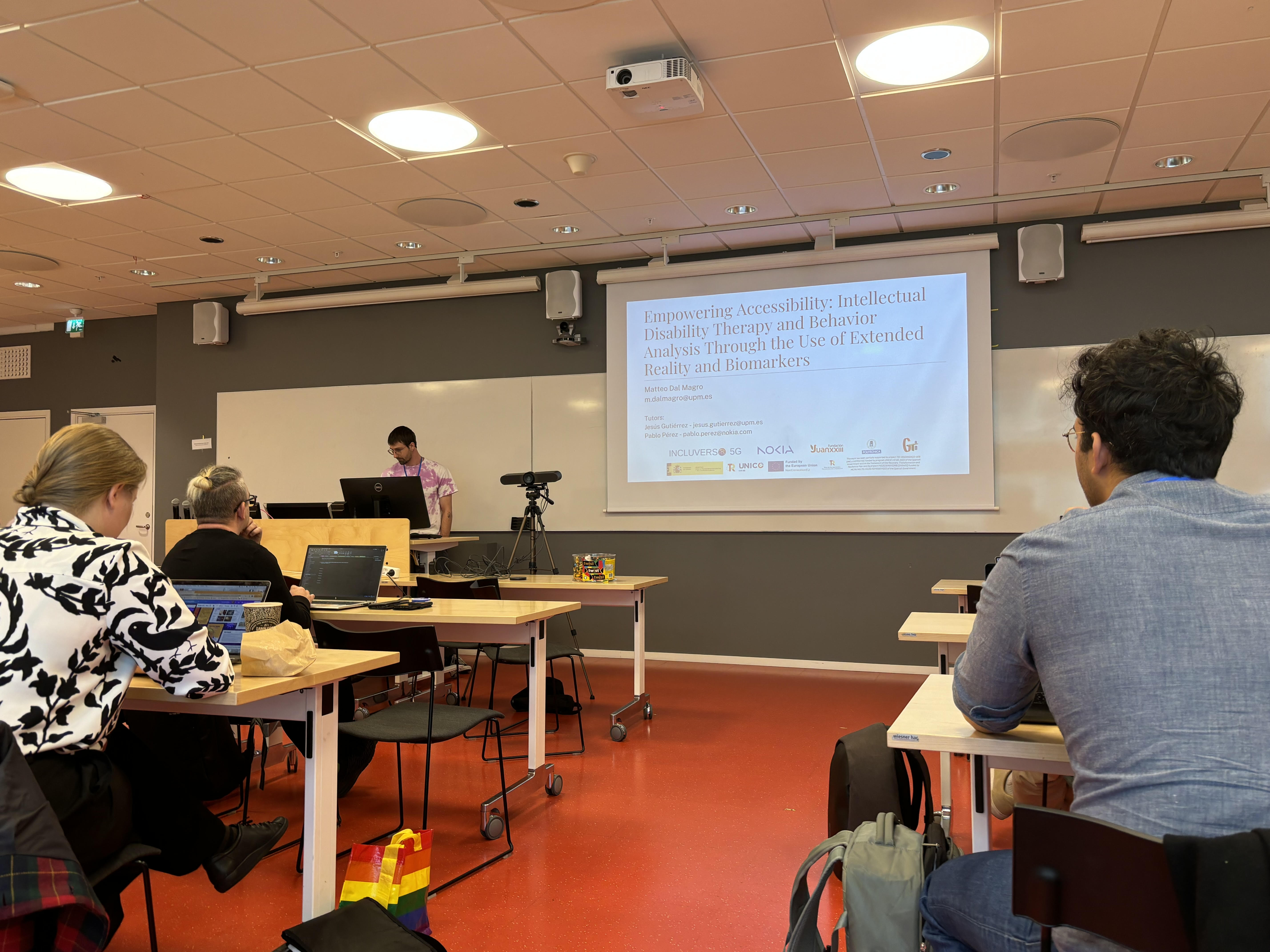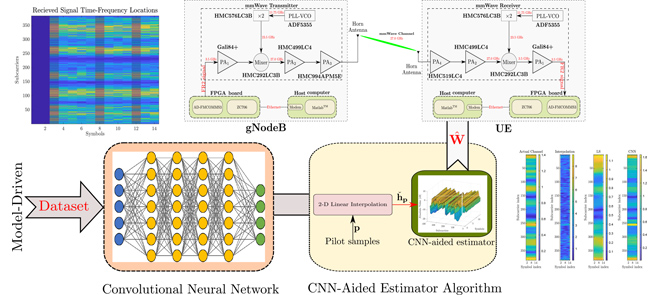
UPM's 6GMADLab drives 5G and 6G Networks: Artificial Intelligence to Solve mmWave Communications Challenges
Artificial intelligence (AI) plays a crucial role in the physical layer of 5G and 6G networks, addressing challenges associated with millimeter waves (mmWave) and terahertz (THz), such as precise channel estimation, RF distortion correction, and beamforming optimization, among other applications. In this context, one of the key research areas of the 6GMADLab focuses on implementing AI algorithms applied to the physical layer of 5G and 6G networks. The first development performed by the researcher of 6GMADLab is to quickly predict and track channel changes, reduce nonlinear distortions in amplifiers, enhance spectral efficiency, and correct transmission errors, thereby maximizing the performance and reliability of next-generation networks.
An initial experimental study conducted by 6GMADLab researchers introduces a new methodology for wireless channel estimation in millimeter-wave (mmWave) bands, addressing various physical layer (PHY) imperfections such as phase noise (PN), in-phase and quadrature imbalance (IQI), carrier frequency offset (CFO), and power amplifier nonlinearity (PAN). The key contribution presented by the 6GMADLab researchers lies in their innovative approach of training a convolutional neural network (CNN) using a synthetic and labeled dataset that spans a wide range of wireless channel conditions and PHY defects.
The process involves synthetically generating labeled datasets representing different types of wireless channels and PHY issues, which are used in the CNN training phase. The CNN model trained by the researchers demonstrates a remarkable capacity to adapt to diverse operating scenarios, highlighting its effectiveness under variable channel conditions. To validate the efficacy of the methodology proposed by 6GMADLab, the trained CNN is implemented in a real wireless testbed. Experimental results underscore the superiority of the proposed channel estimation methodology across different signal-to-noise ratio (SNR) regions and channel types with delay dispersion. This approach exhibits robust performance, confirming its effectiveness in mitigating the impact of PHY layer defects in real mmWave communication environments.
The results have been published in the prestigious journal: IEEE Open Journal of the Communication Society.
Access Link
Journal Link

XRECO Plenary Meeting 2024
Madrid, October 15 to 17, 2024 – The Grupo de Tratamiento de Imágenes (GTI) of the Universidad Politécnica de Madrid (UPM) attended the plenary meeting of the European project XRECO, held at MediaPro's headquarters in Getafe, Madrid. This meeting, key to the evolution of the project, brought together project partners, all committed to the development of innovations in the field of extended reality (XR).

During the plenary, the technical and scientific evolution of the project, and the next steps to be taken for its last year of execution were defined. XRECO's main objective is to revolutionize the creation and distribution of audiovisual content through extended reality technologies, including augmented reality (AR), virtual reality (VR) and mixed reality (MR).
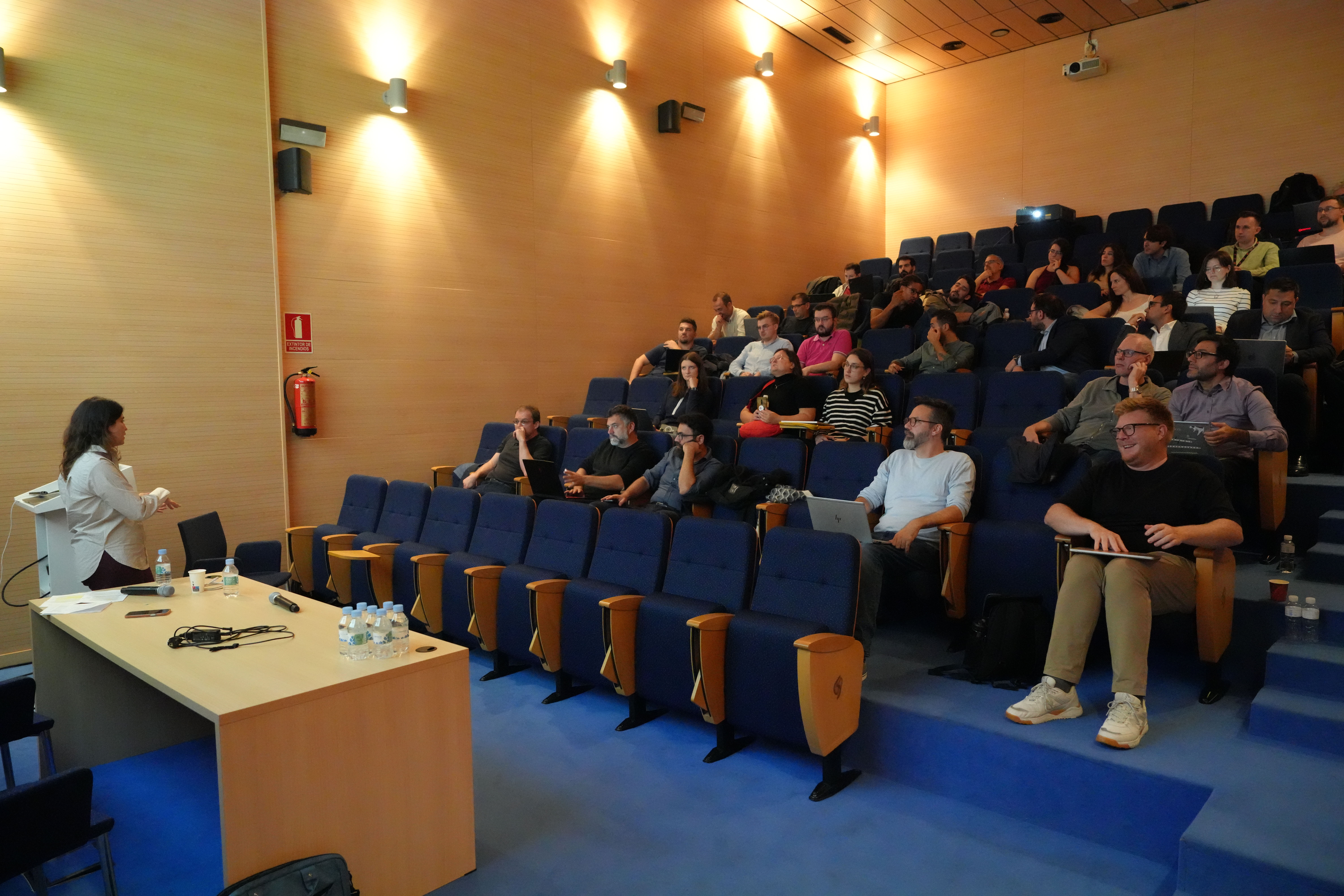
GTI continues to bring its expertise in 3D reconstruction and image processing technologies to transform audiovisual content production through extended reality (XR).
Looking ahead to the final year of XRECO, the consortium will focus on the final implementation of the prototypes and the validation of the results obtained in real test environments, which will consolidate the project's impact on the broadcasting and media industry.
More information about XRECO innovations: https://xreco.eu/
XReco is a #HorizonEurope innovation project co-funded by the EC under the grant agreement ID: 101070250




